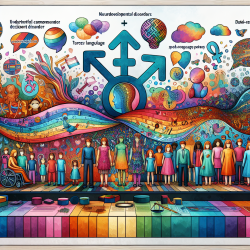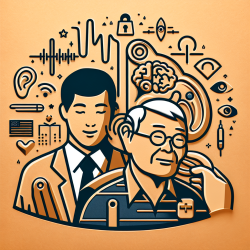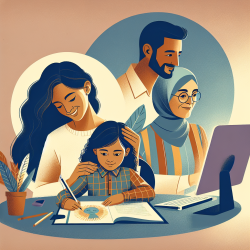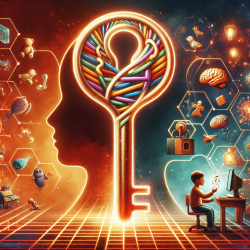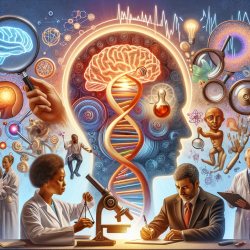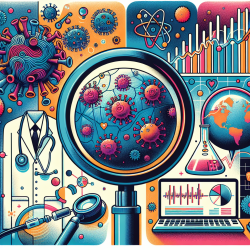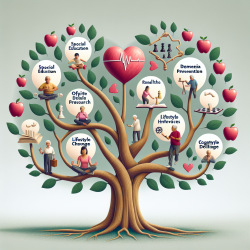Understanding the Intersection of Autism and Gender Diversity
In recent years, the intersection of autism and gender diversity has garnered significant attention, particularly in the realm of speech language pathology and related therapeutic fields. A groundbreaking study titled Elevated rates of autism, other neurodevelopmental and psychiatric diagnoses, and autistic traits in transgender and gender-diverse individuals has shed light on the elevated prevalence of autism and related traits among transgender and gender-diverse (TGD) individuals. This research is pivotal for practitioners aiming to enhance their skills and tailor their approaches to better serve this unique population.
Key Findings from the Research
The study utilized data from five large-scale datasets encompassing 641,860 individuals, revealing that TGD individuals have significantly higher rates of autism diagnoses compared to their cisgender counterparts. Additionally, TGD individuals exhibited higher scores on self-reported measures of autistic traits, systemizing, and sensory sensitivity, while scoring lower on empathy measures.
These findings underscore the necessity for tailored therapeutic approaches that consider both the neurodevelopmental and gender identity aspects of TGD individuals. The research also highlights the importance of improving access to mental health care and providing adequate support tailored to the needs of TGD individuals.
Clinical Implications and Opportunities for Practitioners
For practitioners, these findings offer several actionable insights:
- Enhanced Screening and Assessment: Incorporate screening tools that are sensitive to both autistic traits and gender identity issues. This dual focus can help identify TGD individuals who may have been previously overlooked or misdiagnosed.
- Tailored Interventions: Develop intervention strategies that address both the social communication challenges associated with autism and the unique experiences of TGD individuals. Consider incorporating elements that promote empathy and social understanding.
- Inclusive Environments: Foster inclusive therapeutic environments that respect and affirm the gender identities of all individuals. This includes using preferred names and pronouns and creating a safe space for exploration and expression.
- Continued Education: Stay informed about the latest research and developments in the intersection of autism and gender diversity. This ongoing education will enhance your ability to provide evidence-based care.
Encouraging Further Research
While this study provides valuable insights, it also opens the door for further research. Practitioners are encouraged to contribute to this growing body of knowledge by exploring the nuances of autism and gender diversity in their practice settings. Collaborative research efforts can lead to more refined therapeutic approaches and better outcomes for TGD individuals.
To read the original research paper, please follow this link: Elevated rates of autism, other neurodevelopmental and psychiatric diagnoses, and autistic traits in transgender and gender-diverse individuals.
